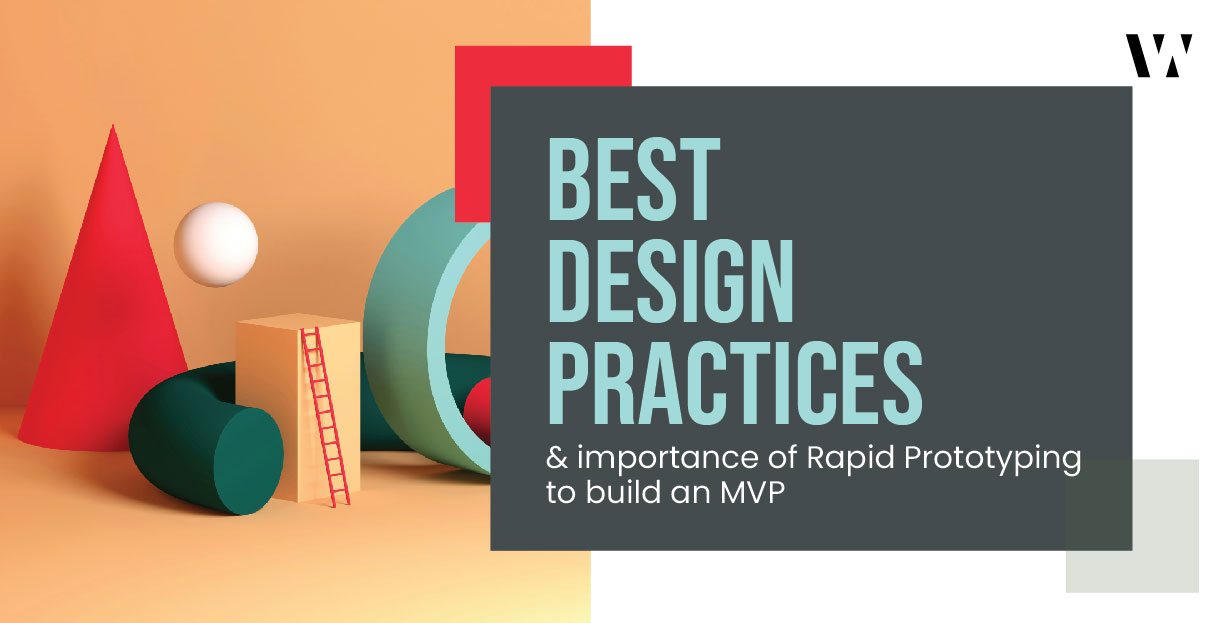
Stay relevant in the market with our insights


Thank you for subscribing our daily/weekly alerts on the market and our offerings. Stay in touch !


Subscribe

When one has trouble using things – be it figuring out whether to push or pull a door functioning of digital applications – it’s not their fault. Blame the designer! It’s the fault of the technology and design, more precisely.
The new products and emerging technology are foisting confusion at a faster pace than ever before. The companies also happen to forget the lesson from failed products and let their engineers build fanciful applications, totally driven by marketing insistence on the proliferation of a set of unique features. Hence, increase in confusion and distractions.
This paper throws light on the split between aspirational techies and practical user experience theorists to understand what goes into successful MVPs.
Fantasy of Technologists vs. Design Feasibility
It is right to assume that all great products have the right balance and harmony of usability, aesthetics, cost, safety, and functionality.
In an increasingly competitive world, companies are getting their product faster to the market via MinimumViable Product,a.k.aMVP.However, knowing and providing the key features to give the utmost value to a wider customer base is still a jigsaw for many, with major pieces missing. Hence, attracting clients and investors when the market provides an opportunity is missed by many.
In ‘Design of Everyday Things,’ Don Norman writes, “Technology may change rapidly, but people change slowly.”
The design community understands that design must sophistically convey the essence of operations of an application/device, possible actions, functions, and features, and a feedback loop to understand the functions at any particular moment. It is right to say that Design is an act of communication, and it is a must for the designer to have a deeper understanding of the person to establish effective communication. Let’s start with a fine example of effective communication.
tx, USA

London, UK

India








